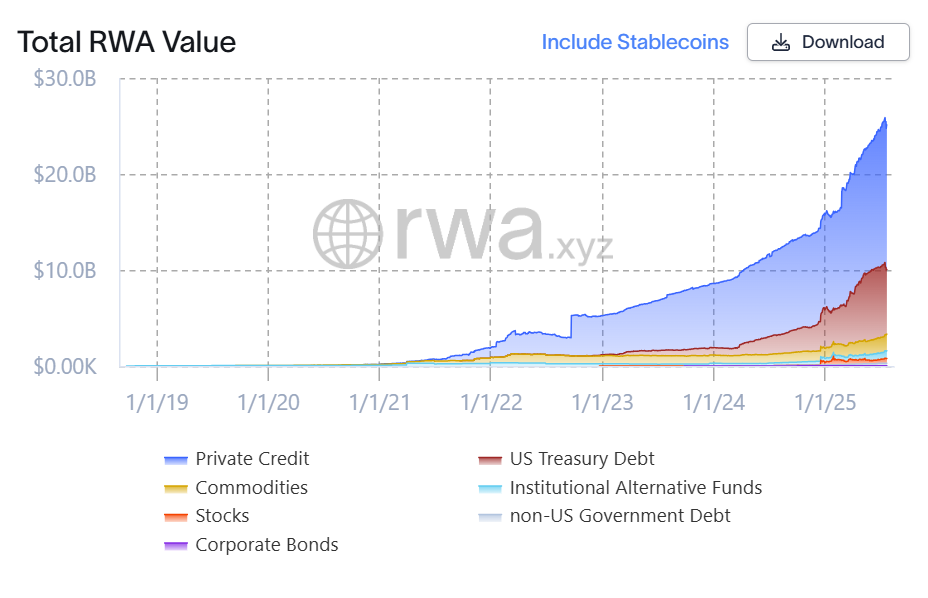The tokenization of money market funds marks a significant step in preserving the appeal of “cash as an asset,” especially as the growing adoption of stablecoins threatens to erode the attractiveness of traditional fund offerings, according to JPMorgan strategist Teresa Ho.
Commenting on recent initiatives by Goldman Sachs and Bank of New York Mellon to tokenize shares of money market funds, Ho noted that such services will help maintain the competitiveness of these funds while unlocking new use cases, such as margin collateral.
This development is particularly timely given the recent passage of the US GENIUS Act, a comprehensive stablecoin bill expected to accelerate the usage of digital dollars by integrating the speed and predictability of blockchain technology into the traditional banking system.
Competition in this space is expected to intensify, JPMorgan strategists said.
In an interview with Bloomberg, Ho emphasized that the Goldman-BNY tokenization effort underscores how money market funds can evolve:
“Instead of posting cash, or posting Treasurys, you can post money-market shares and not lose interest along the way. It speaks to the versatility of money funds.”
The banking industry has been closely monitoring the rise of stablecoins amid concerns that they could erode demand for traditional assets. In April, the Treasury Borrowing Advisory Committee — an industry group that advises the US government — warned that stablecoins could reduce banks’ demand for Treasury bonds, potentially affecting credit growth.
Money market funds, which invest in short-term debt securities such as Treasury bills, could be directly impacted.
Before the passage of the GENIUS Act, money market expert and Crane Data President Peter Crane noted that the sector was closely watching the stablecoin market for its potential impact on Treasury market liquidity. He concluded, however, that such liquidity concerns were likely overstated unless the stablecoin market expands significantly.
Nevertheless, State Street Global Advisors President and CEO Yie-Hsin Hung told a conference last month that “cash will lose its crown” if Wall Street is too slow to join the tokenization trend.
Related: US crypto legislation drives $4B surge in stablecoin supply
GENIUS’s bridge to a tokenized world
Although stablecoins appear to challenge the role of money market funds, the GENIUS Act could ultimately benefit both sectors, with stablecoins creating more on-ramps to the tokenization market, according to Aptos Labs’ Solomon Tesfaye.
Michael Sonnenshein, president of tokenization firm Securitize, told The Wall Street Journal that the GENIUS Act will pave the way for more companies to embrace tokenization without fear of regulatory backlash.
“For any of the asset issuers that have perhaps been on the sidelines or have been hesitant to go full force into the world of tokenized securities, this now offers them a little bit of additional air cover,” he said.
The tokenization of real-world assets (RWA), particularly private credit and US Treasury bonds, has become one of blockchain’s most prominent use cases this year.
Excluding stablecoins, tokenized RWAs have grown into a $25 billion market across 256 issuers, according to industry data.

“Looking ahead, it’s not hard to imagine a future where RWAs expand into more complex asset classes like derivatives, IP or esoteric asset classes,” Tesfaye said.
Magazine: Robinhood’s tokenized stocks have stirred up a legal hornet’s nest

